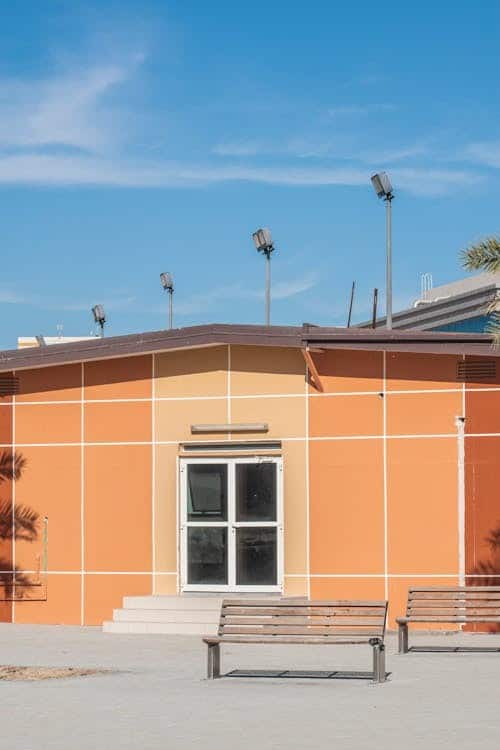Across the pond, the words ‘prefabricated buildings’ have an entirely different meaning than they have here. In the United Kingdom, they represent a range of tower blocks and social housing developments from the 1970s which were purchased at bargain prices by the British government.
Here in the United States though, the world prefabricated buildings is a totally different ball game. DIY Quonset Hut kits, modular buildings like outhouses and barns and even whole houses are being bought in their tens of thousands by blue collar and white-collar workers alike.
If this is the first time for you hearing about prefabricated buildings or if you’re prefab-curious, this is the perfect article for you. Below we cover everything you need to know about America’s latest building love affair.
Prefab Development
Prefab construction involves manufacturing all of the building components in a factory settings. Workers there assemble walls, roofs and structural elements using precise machinery that is quality checked at every step of the process.
This process begins with a detailed engineering plan that is put together by a team of architects and structural engineers using software like AutoCAD – an incredibly detailed and technical, computer aided design tool.
After this, prototypes are produced and subjected to a range of rigorous tests to gauge whether they are suitable for specific climates, weather events and ground conditions. Once a prototype has passed these tests it is then ready for mass production.
What Makes Prefab Different?
In layman’s terms, prefab buildings are the large scale equivalent of IKEA furniture. You browse for the product you want online, or visit a store, and after agreeing a price, arrange a delivery date. Once the materials have been delivered, you simply put everything together, et voila.
Or, if you’re like the author of this piece, you pay someone to come around and install it because reading Mandarin whilst playing violin in the dark would be easier than interpreting an instruction manual! With the companies you browse there will be the option for the to instal which will make it a perfect complete package.
Are Prefab Buildings Cheaper?
Yes. There’s no argument about that. Buying a prefab Quonset hut, outdoor gym or barn will all be cheaper than paying an architect to design a unique one, buying all of the materials individually and then paying a team of builders to put everything together for you.
When you buy a prefab building, you’re essentially eliminating the first two stages and thus, saving yourself a lot of money. If you’re good with your hands and could confidently assemble one of these units, you would end up saving yourself a lot of money.
Are Prefab Units Good Quality?
It’s all relative. The vast majority of us do not have enough loose change to employ the best architects, engineers and builders to construct our dream barn or conservatory. We are therefore forced to employ the best professionals within our budget.
With prefab buildings, the quality sits somewhere towards the top end of that middle of the range budget that we can all afford. So whilst a prefab building isn’t going to be the best structure money can buy – like say, the Burj Khalifa or the Eiffel Tower – they are the best structures that most people’s money can buy.
In Summary
Their growing popularity truly speaks for itself. With prefabricated buildings being essentially a large-scale equivalent to a flat-pack piece of furniture, it’s an overall cheaper way of getting what you want and faster. Much like how a top of the range IKEA wardrobe is cheaper than a hand-crafted one.
With the rigorous testing they go through using the same processes that private architects and structural engineers would employ, but this is done at a lower cost because of the scale of prefab businesses. For the average person in America, prefab buildings represent the best value for money.

